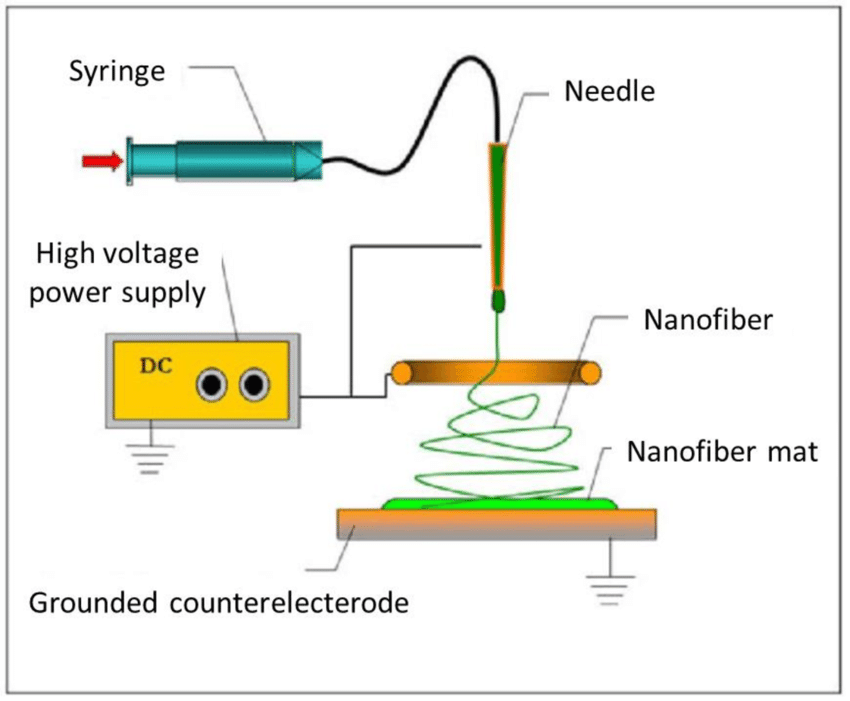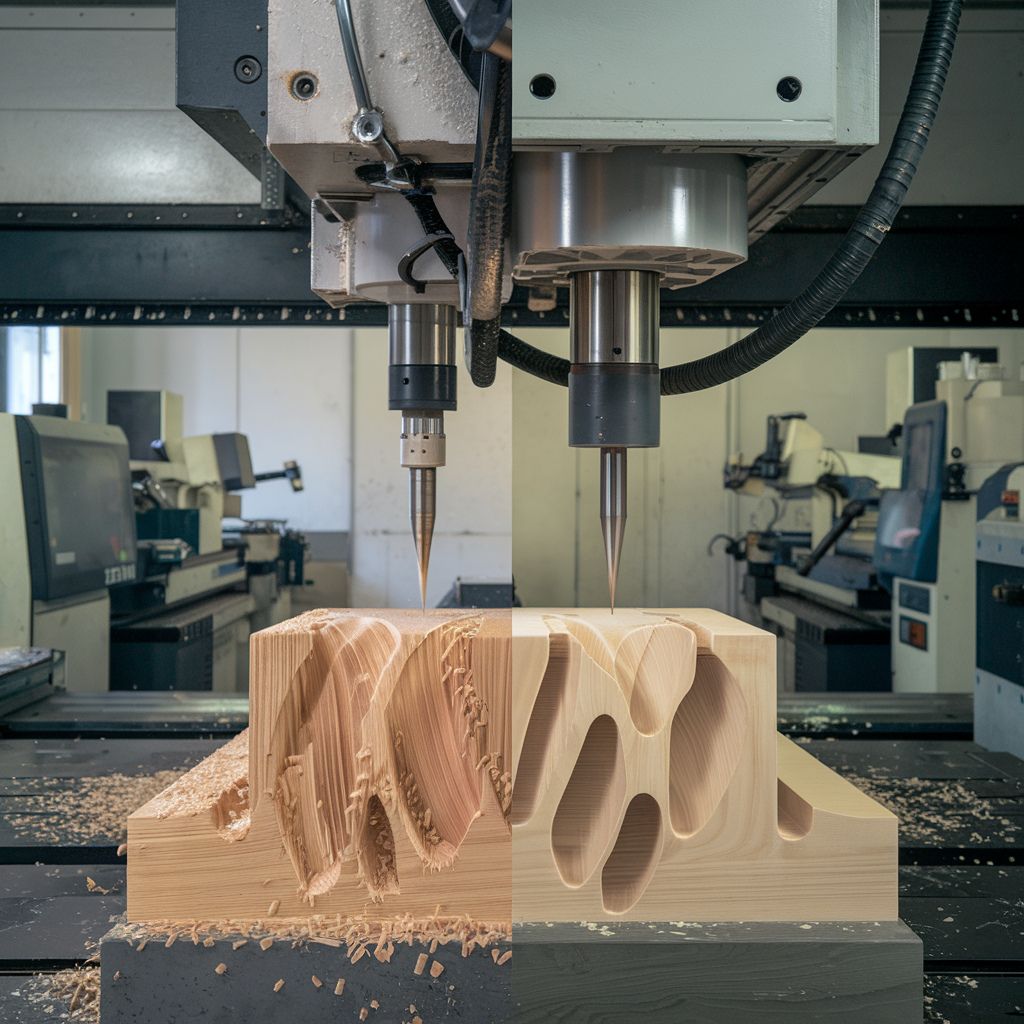Electrospinning is a revolutionary technique that uses electric fields to spin liquids of polymers into fibers at the nanoscale, called nanofibers. This article explains the astonishing science behind electrospinning nanofibers, how researchers control fiber properties, and the cutting-edge applications of electrospun nanofibers—from tissue engineering and drug delivery to filtration and beyond. Explore the endless possibilities of this versatile nanofabrication method.
Understanding Electrospinning: Crafting Nanofibers for Advanced Applications
Do you know how scientists manage to spin fibers thinner and smaller than a strand of hair? The answer lies in electrospinning nanofibers. This technique allows researchers to create incredible tiny fibers called nanofibers. In this article, we will explore the fascinating process of electrospinning and how it transforms liquids into fibers so fine they cannot be seen with the naked eye. Electrospinning nanofibers is a process where electricity is used to spin nanofibers from liquid polymers. How does this work? We’ll outline the basic steps and discuss the factors influencing the diameter of these nanofibers. Then, we’ll dive into some of the amazing applications of nanofibers, from supporting tissue regeneration to capturing pollutants.
Working of Electrospinning to Obtain Fine Fibers

Nanofibers are incredibly small fibers, sometimes thousands of times thinner than a single strand of human hair. Producing such minute materials might seem impossible, but scientists have mastered it through electrospinning nanofibers.
This technique employs fascinating scientific principles. Special polymers like PCL, PLA, or collagen are chosen based on the desired properties of the fibers. These polymers are dissolved in solvents like water, acetone, or ethanol to form a viscous solution.
The solution is then fed through a spinneret nozzle while a powerful generator applies a strong electric charge. The electric field stretches the liquid into an ultrathin, spinning jet, which solidifies into nanofibers upon reaching the collector plate.
Through this innovative process, a simple liquid is transformed into nanoscale fibers with remarkable applications.
For advanced materials processing, check out our CNC Machining Services to explore cutting-edge manufacturing techniques.
Controlling the Diameter
The thickness of the nanofibers depends on factors like the viscosity of the solution, the voltage applied, and the type of polymer used. By tweaking these parameters, scientists can produce fibers ranging from just a few nanometers to several micrometers in diameter.
Helping Tissues Grow Back with Nanofibers
Electrospinning nanofibers creates scaffolds that mimic the extracellular matrix (ECM) of cells, providing an excellent platform for cell attachment and tissue regeneration. Functionalized nanofibers embedded with bioactive molecules can accelerate healing processes, such as repairing bones and nerves or serving as wound dressings.
Medication Delivery Helpers
Nanofibers can be engineered to act as drug delivery systems. Medications are encapsulated within the fibers or attached to their surfaces, allowing for controlled, site-specific release. This targeted delivery enhances tissue regeneration and minimizes side effects.
Filtration Technology
Due to their thinness and high porosity, electrospun nanofibers make exceptional filters. These fibers can trap the tiniest particles, making them ideal for purifying water and sterilizing air. Their fine structure acts as a super sieve, capturing pollutants and microbes efficiently.
Anti-Microbial Filters
Nanofiber filters coated with silver particles or natural polymers can neutralize bacteria and viruses. These antimicrobial properties make them valuable for hospital sterilization and industrial filtration systems. Learn more about how MXY Machining Supports Industrial Innovations in areas like filtration and manufacturing.
Filtration Technology
Due to their thinness and high porosity, electrospun nanofibers make exceptional filters. These fibers can trap the tiniest particles, making them ideal for purifying water and sterilizing air. Learn more about advanced filtration techniques in this detailed research article.
Their fine structure acts as a super sieve, capturing pollutants and microbes efficiently. Nanofiber filters are being explored for removing microscopic pollutants from air and water, making them critical tools in sustainability and environmental cleanup efforts.
结论
Electrospinning is a groundbreaking technique that allows scientists to tweak the properties of nanofibers to meet specific needs. From tissue engineering to environmental protection, electrospinning nanofibers has unlocked revolutionary applications. With ongoing research, the future possibilities are endless, and this versatile process will continue to shape advancements in technology and medicine. Explore more about our Precision Machining Solutions that complement these cutting-edge technologies.
常见问题
What is electrospinning?
Electrospinning is a process that uses electricity to turn liquid polymers into ultrathin fibers called nanofibers.
How does electrospinning work?
A polymer solution is passed through a thin nozzle while electricity stretches it into a jet, forming nanofibers on a collector plate.
What are nanofibers used for?
Nanofibers are used in tissue engineering, drug delivery, filtration, and antimicrobial applications.
Can I try electrospinning?
Simple versions of electrospinning can be done at home or school using basic materials. Professional setups require specialized equipment.




